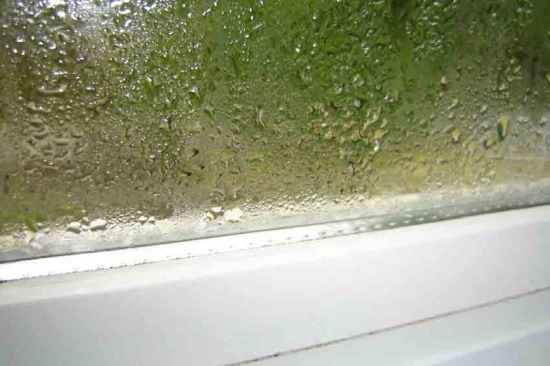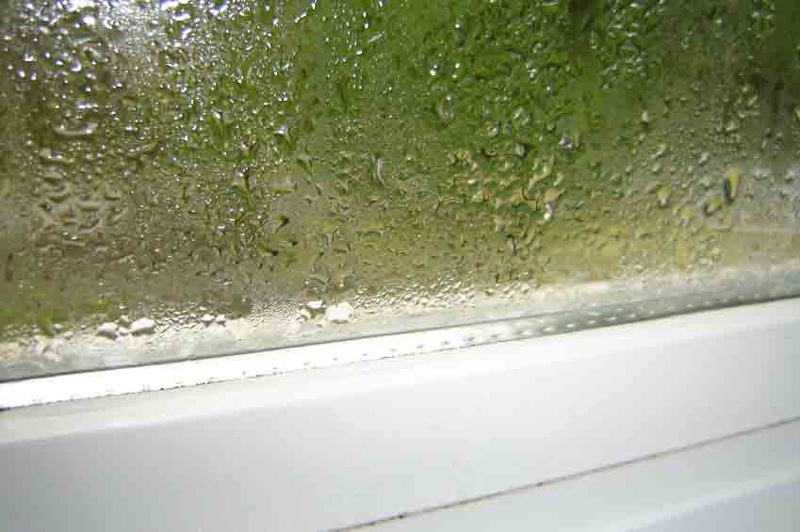


It’s not uncommon for Cincinnati home owners to notice some condensation on their windows. The next time this happens to you, pay attention to whether the condensation appears on the inside or outside of the windows. Interior and exterior window condensation mean different things and should be dealt with in different ways. Here is a closer look.
Exterior Condensation
Exterior condensation is more often seen during the warm months, especially if you have air conditioning. It’s caused by high outdoor humidity and a warmer temperature on the exterior of the window compared to the inside of your home. Since the window stays cooler, thanks to your air conditioning, moisture condenses out of the humid air that hits the outside of the window.
Solutions for Exterior Condensation
Surprisingly, you don’t need to be concerned about exterior condensation. It’s completely normal — especially in humid weather — and it’s not an indication that there’s anything wrong with your windows. In fact, it is a sign that your windows are doing their job and keeping the interior of your home cool. Exterior condensation will usually evaporate quickly when the sun hits the window or when a breeze blows by. If you don’t like the look of exterior condensation, try trimming or removing any plants near the window to increase air circulation.
Interior Condensation
Interior condensation is much more of a concern than exterior condensation. This type of condensation appears in the inside of the windows in your Cincinnati home, often during the cooler months or after the temperature outside drops dramatically. Condensation on the inside of wood windows can lead to mold growth and rot. It can lead to musty-smelling air, allergy symptoms, and damage to window treatments.
Interior condensation appears because air inside your home is humid. When the air hits the window, if the window is cool, the moisture condenses out of the air and settles on the window surface. Interior window condensation is more of a problem with older, less efficient windows since these windows tend to get colder during cool weather.
Solutions for Interior Condensation
The easiest way to reduce interior condensation is to reduce the humidity level inside your home. Install a dehumidifer, and try to keep your home’s relative humidity between 30 and 45 percent. Also, make sure you run your bathroom exhaust fan after every shower to remove excess moisture from the air. Avoid hanging clothing to dry indoors, and check your home for plumbing leaks, which are often a hidden source of moisture in the air.
If your windows are older and inefficient, replacing them with new, more energy-efficient windows may also help keep condensation at bay. Well-sealed windows with insulated glass will not get so cold during the winter, so less moisture will deposit on their surface. You should also replace older windows that are showing a lot of mold and rot due to continued exposure to condensation. Such windows are prone to air leaks and also present a health hazard since mold is a common allergen and respiratory irritant.
Exterior condensation is nothing to be concerned about, but interior window condensation needs to be addressed so it does not damage your windows and put your health at risk. If you’re looking for new windows for your Cincinnati home, contact Renewal by Andersen. We offer free, in-home consultations and will help you choose new, energy-efficient windows.